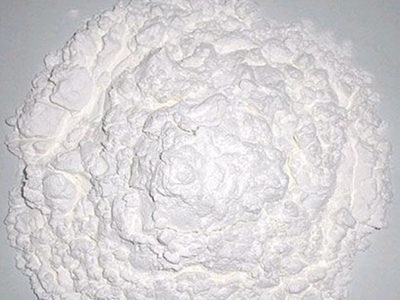 The feature of Cassava starch:
The feature of Cassava starch:
Cassava starch color white.
Odor: No smell of tapioca starch.
Tasteless: Cassava starch has no taste, no aftertaste (such as corn), suitable for fine-tuning the smell of products, such as food and cosmetics.
Paste clear: cassava starch formed after cooking paste clear and transparent, suitable for coloring with color. This property is also important for cassava starch sizing in high-grade paper.
Viscosity: As the ratio of amylopectin to amylose in cassava raw starch is as high as 80:20. This feature is suitable for many purposes. At the same time, tapioca starch can also be modified through the elimination of sticky loose structure, which in many food processing is very important.
High freeze-thaw stability: Cassava native starch paste exhibits a relatively low reversal, thus preventing loss of moisture in the frozen thawing cycle. This property can be further enhanced by modification
Food industry: Cassava starch cassava starch uses the original starch and a variety of modified starch are widely used in food industry and non-food industry. Modified starch can be customized according to the specific requirements of users, to apply to special purposes.
Food formulations: Cassava native starch is widely used in food formulations, such as bakery products, also used in the production of extruded small food and cassava beads. Modified starch or starch derivatives have been used as thickeners, binders, bulking agents and stabilizers, and are also preferred extenders, sweeteners, flavor carriers and fat substitutes. Foods that use Thai tapioca starch include canned food, frozen foods, dry mixes, baked goods, snacks, condiments, soups, sausages, dairy products, meat and fish products and baby food.
beverages: Modified starch is used as a colloidal stabilizer in beverages containing solid ingredients. In beverages, cassava starch sweeteners are better than sucrose because the former improves the process and enhances the product characteristics, in combination with other sweeteners, to fully meet consumer demand. The hydrolysis of tapioca starch to form a high degree of hydrolysis of syrup is easy to ferment sugar in beer brewing an ideal source.
Candy: Cassava original starch and a variety of modified starch in the production of candy has many uses, such as gelling, thickening, stabilizing the system, enhance the foam, control crystallization, bonding, film, add gloss and so on. Low viscosity tapioca starch is widely used in glazed confections such as jellies and chewing gum. The most commonly used is acid-hydrolyzed starch, because it has excellent reversibility and gelling ability, in the case of sugar when these characteristics are more significant. Dry starch is used as a release agent in the manufacture of confectionery. Starch-based sugar to achieve the production of sugar-free chewing gum.
Industry: Cassava starch based syrups can be produced at low cost by acid hydrolysis or enzymatic hydrolysis, and are used as raw materials for the production of various chemicals such as sodium glutamate, amino acids, organic acids, alcohols, ketones, vitamins and antibiotics. Adhesives and Glues Tapioca dextrin is an excellent adhesive for a wide range of applications including corrugated cardboard, paper bags, plywood, adhesive tapes, labels, stamps and envelopes.

 The feature of Cassava starch:
The feature of Cassava starch: